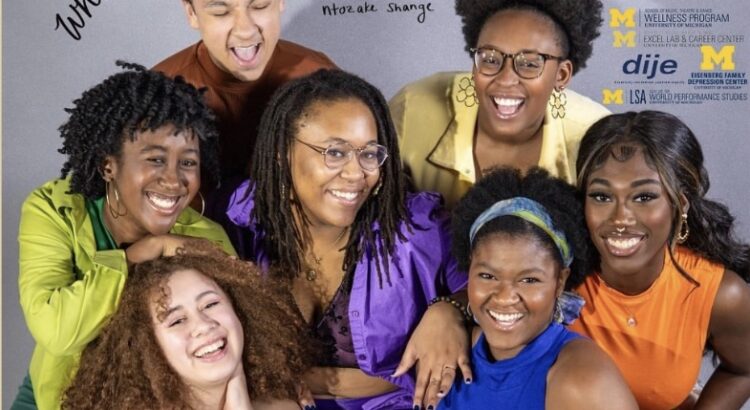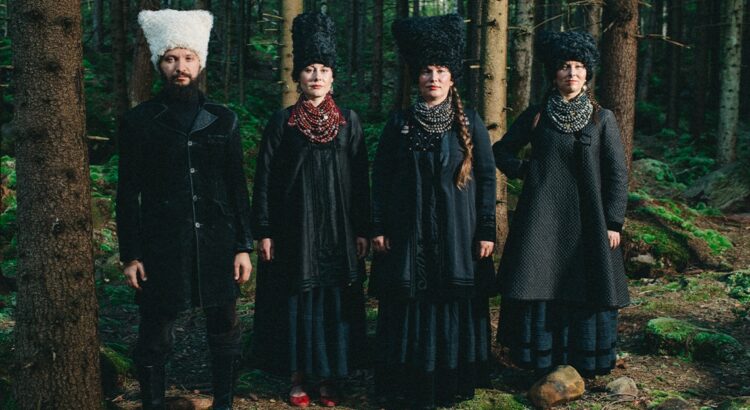(In Thumbnail: Journey Crossing the Border, 2016 – Leang Seckon)
In the UMMA from Feb 3 to July 28, the Angkor Complex is a profound exhibit that displays the tragedies of lost cultural heritage, colonialism, genocide, and the rebuilding of the memories lost from the shards that remained from post-genocide Cambodia. Through a mix of cultural artifacts and contemporary pieces, the Angkor Complex dutifully shows the emotions inlaid in the terrible death, suffering, and fleeing that resulted from the Killing Fields and the Khmer Rouge.

Gaining independence from French colonial rule in 1953, Cambodia has had a tumultuous history with the oppressive Khmer Rouge regime from 1975-1979. Under the leadership of Pol Pot, millions of people were displaced, forced to work in labor camps, or outright executed in the Killing Fields in the name of the Communist Party of Kampuchea. In these labor camps, Cambodian citizens were subject to unending abuse from the soldiers: many died from disease, starvation, overwork, being forced to work through their infections, pregnancies, and sicknesses. The Killing Fields were where many were tortured, executed, and stuffed into mass graves; by any violent means men, women, and their children were slaughtered for their crimes against the regime. The regime also came with the destruction of traditional art, religion, and ways of life. By the end of the genocide most of the artists, buddhist monks, apsara dancers (traditionally female dancers that depicted classical/religious stories) and a quarter of the whole Cambodian population were killed. Due to the nature of these histories, it is absolutely imperative to understand the inseparable, lasting effects that the Khmer Rouge had on the Cambodian people to understand the sorrows and coping on full display throughout the exhibit.

While a few of the pieces on display date back to the Khmer Empire (802-1431) or during the time of the French Protectorate of Cambodia (1887-1953), most of the pieces in the exhibit are from contemporary Cambodian artists, many of which are members of the Cambodian diaspora—the dispersal of people from their homeland. These pieces provide the deepest insights into how post-genocide Cambodia copes with the loss of its culture with all of that they regain from the repatriation of colonially seized artifacts and the re-education of Cambodian traditions. My personal favorites are the pieces made artists that lived through the Khmer Rouge’s regime. They tell their stories of which their pains sorrowfully resonated with the histories I was familiar with in my own Filipino identity. Though most of them regained hope of survival with their immigrations, it came with the loss of their newfound diasporic identities. Such complications become inevitable in the full extent of these tragedies, which shine through in their pieces that depict cultural and religious iconography juxtaposed with modern cityscapes (such as in the thumbnail of this post).

Overall, each and every piece of this exhibit carries unmistakeable weight in their messages, and I truly believe the best way to experience this exhibit is to read every piece’s plaque. Each of the experiences from the artists are on full display: their pain, their loss, their coping, their rebuilding. I hope that with this review, you are implored to see the exhibit for yourself and feel the emotions of each piece, for they should be grieved with just as they should be hoped with.











